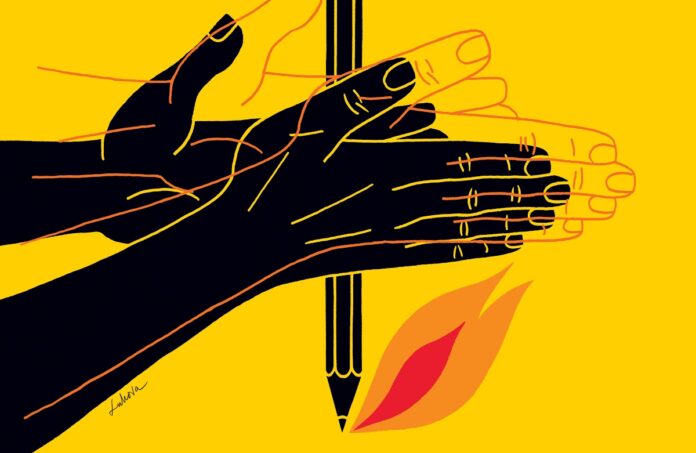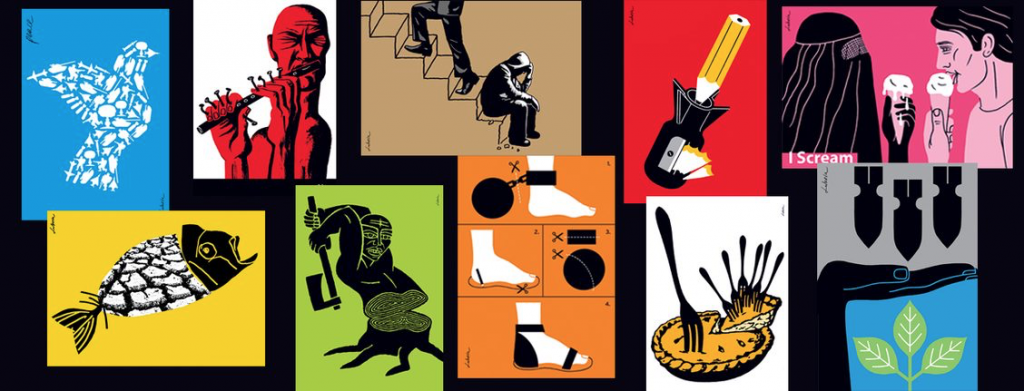
“The PuLSE Institute, is an independent non-partisan think tank headquartered in Detroit and committed to deep analysis and examination of the broad spectrum of issues affecting majority of the people who are often left out of the conversation about the future of the city. The Institute works to promote dialogue and debate about socioeconomic issues and how they impact public policy and quality of life in Michigan’s largest city” (The PuLSE Institute, 2018).
We hear about non-profits and social justice organizations helping our communities grow, but how do they help us grow? What do they do?
A member of the National Advisory Panel at The PuLSE Institute, Luba Lukova, focuses on how art can help reduce poverty. She says “Art spurs thinking, engagement, and action” (Lukova, 2018). Art can act as a catalyst for helping shape our thoughts, opinions, and choices which can help us change our future for the better. Lukova (2018) continues to say “An image is able to grab the viewer’s attention and in seconds translate a complex idea into an accessible message. That’s what poster art does best as a medium. It transcends language, cultures and politics in a most succinct way.” In this sense, art can reach a large range of communities, and as we become more diverse, art could become a more effective way of communication and a more powerful change-maker. “They give thoughtful critique to our political and economic system — pushing communities to take steps toward social progress” while also bringing “a sense of pride to the community” (Lukova, 2018).

This becomes important when “the United Nations asserts that ‘eradicating poverty in all its forms remains one of the greatest challenges facing humanity” (Lukova, 2018). If eradicating poverty is a large priority for our communal well-being, shouldn’t our financial systems reflect that? How can we have well-being in our financial systems if we are not all well?
Lukova (2018) continues to say “Posters are visual reactions to the most pressing issues of our time. By depicting images of injustice and justice, and putting them into the minds of the viewers, they act as a lever, helping bend that long arc of history toward justice.”
If posters and art are effective in creating social change, we should implement art into our financial systems to help face this global challenge of poverty. How can we intertwine the abilities of artwork to the frameworks of our financial system to help personal well-being become communal well-being through our finances?
In the present, we face another new and growing tool: the digital sphere. Lukova (2018) argues that “in today’s digital era, so much information comes to us through a computer screen or mobile device” that “we are drowned in email blasts and web pages and it seems that posters have lost their importance as a communicative tool.” However, where Lukova sees the lack of opportunity, I see the beginnings of a new type of artwork or language that can help further justice movements. As finances and almost every other part of our lives become increasingly digital, how can we utilize this new platform to help give a voice to those who are impoverished and bring about economic prosperity with tools like art?
References:
Lukova, L. (2018, July 22). Designing justice: Fighting economic inequality through art. The PuLSE Institute. https://thepulseinstitute.org/2018/07/22/designing-justice-fighting-economic-inequality-through-art/
The PuLSE Institute. (2018, July 19). About Us. https://thepulseinstitute.org/about-us/



